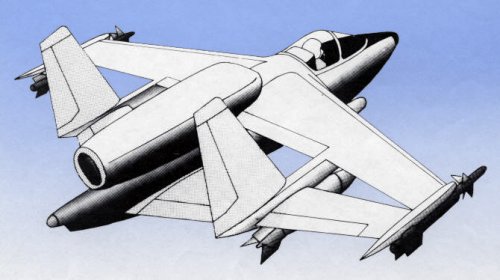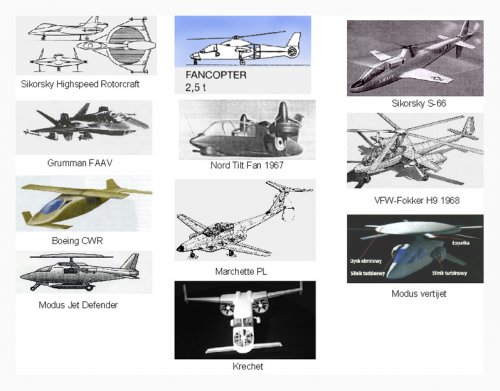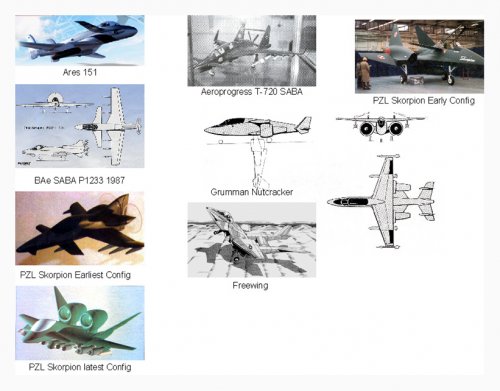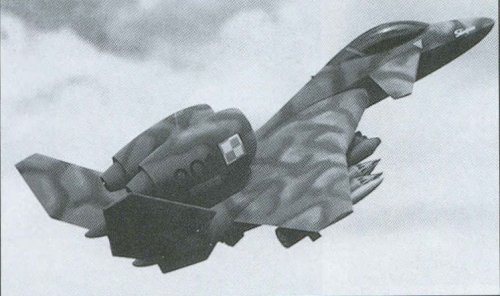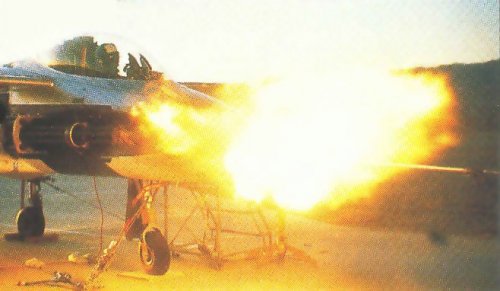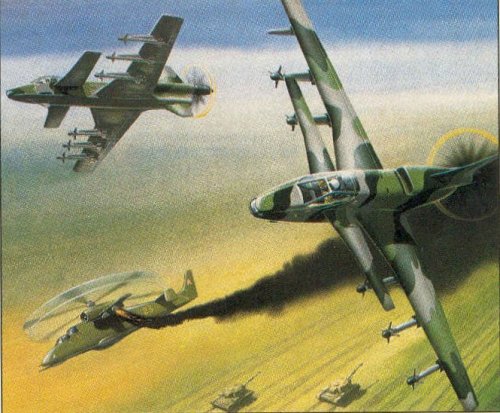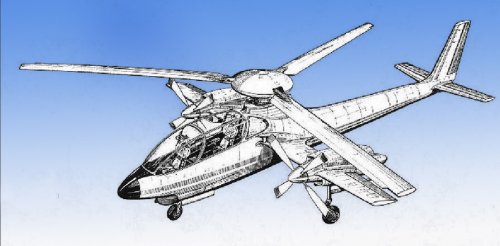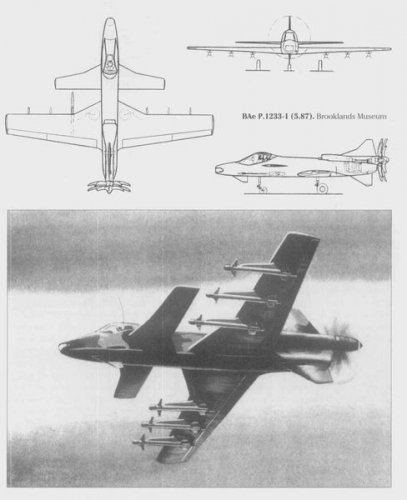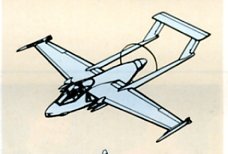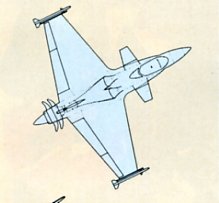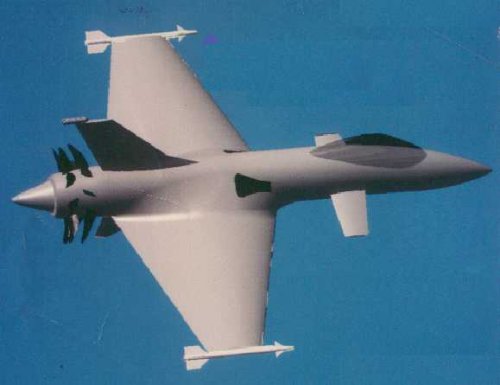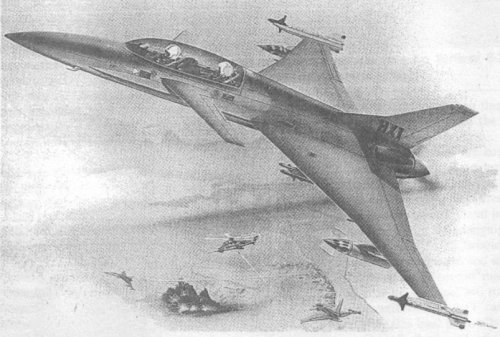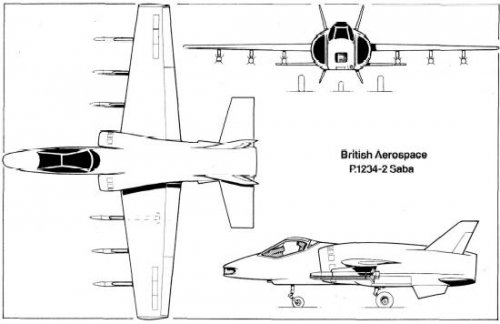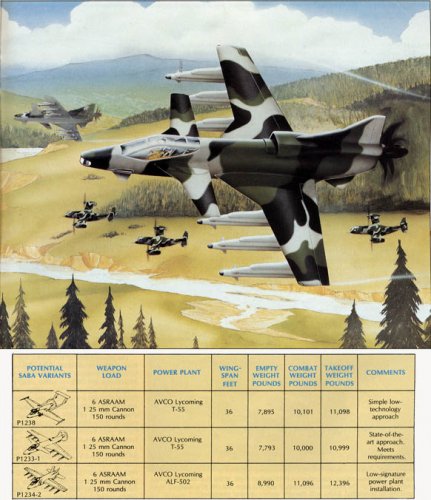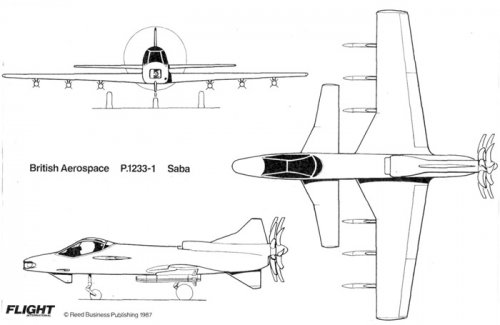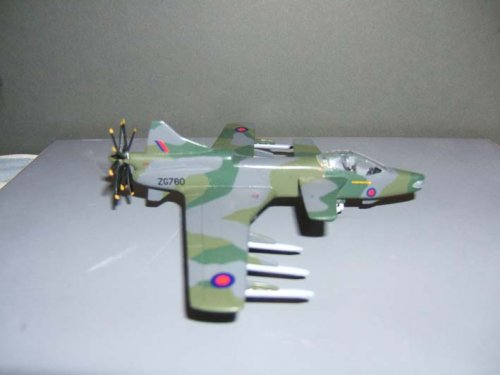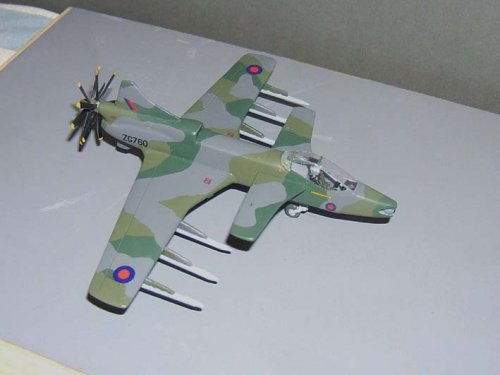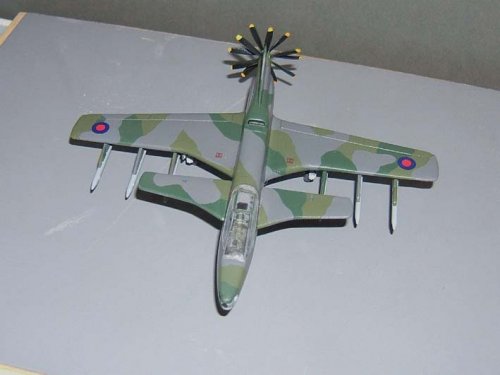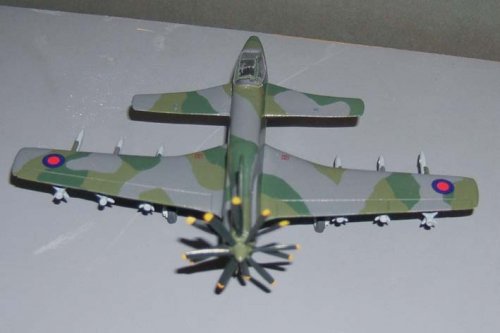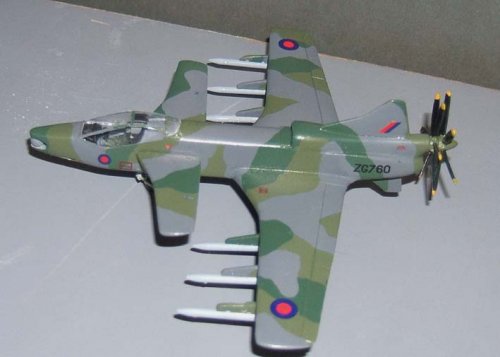Abraham Gubler said:
Personally as someone with a bit of offensive support experience who has ridden in multiple aircraft, including fast jets at low altitude, I would much prefer my CAS coming from someone orbiting at 20,000 feet with a FLIR pod, digital map, data link and LGB/JDAMs rather than someone roaring in on the deck, orientating map to ground while managing the engine, cued by voice radio shooting with unguided rockets and cluster bombs
Personally as someone who has been on both the receiving end and provided for troops (no Sir you don't have to find a FAC or ETAC, tell me where you want the bullets), I can tell you that weapons from 20,000 feet are grand and do a marvelous job on identified targets. However a JDAMS or even a SDB etc., are not so marvelous when the enemy elects to fight you from 100 meters, from the windows of the hospital or mosque. They do this because they learned that if they let us use our technical superiority from 20,000 feet we will win every time. They dress like the locals and will be the first to invite CNN to look at the hole in the ground that used to be a school. Never mind that they held the kids captive and shot at us from the windows. They learned it over and over again from recent conflicts.
I am not espousing there is no place in close combat for precision weapons from on high. JDAMS is mighty fine if the enemy will let you maneuver such you can put one on the target. Also in many cases the fact that the enemy never hears what hits them is a plus too. If the bad guys elect to go back to massed formations and we can defeat the associated AD the fast mover will once again demonstrate superior capability.
As to the "someone roaring in on the deck, orientating map to ground while managing the engine, cued by voice radio shooting with unguided rockets and cluster bombs". As an Army Aviator I can tell you that the roaring around is exactly what the ground soldier wants to hear (I was one of those too). Why do you think the A-10 is unequivocally the favorite USAF aircraft with the grunts. The GAU is to moral as three to one. These days the engines manage themselves as do the maps. The attack helo's use FLIR and other targeting sensors and a Hellfire missile is not unguided and comes in many flavors now. When shooting rockets at 100knots they tend to fly straight and if you shoot them at targets within 1000 meters they tend not to disperse. The US Army and Navy are both working on small guided missiles to overcome the "uncertainty".
As an Army Aviator I lived with and learned with ground combat officers. I speak their language and more importantly understand it. I do not need a special trained crew to do the mission. I am not disparaging ETACs or FACs. It is really nice to have them around to talk to cause they DO know their business, but when SGT Jones is pinned down and about to be overrun without either of them, I do not wait for clearance and authentications, I put rounds where SGT Jones wants it. If need be I might even fly over his position when out of bullets to draw fire away from him. If the infantry wants effects within 50 meters of his unit that’s where I put it, using laser designation if I can, but I know how to do fixed gun too.
It is not cut and dry either way. Putting big rocks on the heads of the enemy stupid enough to engage from 500 meters will make the day of any infantryman, but if he is in a knife fight the CAS needs to be up close and personal.

